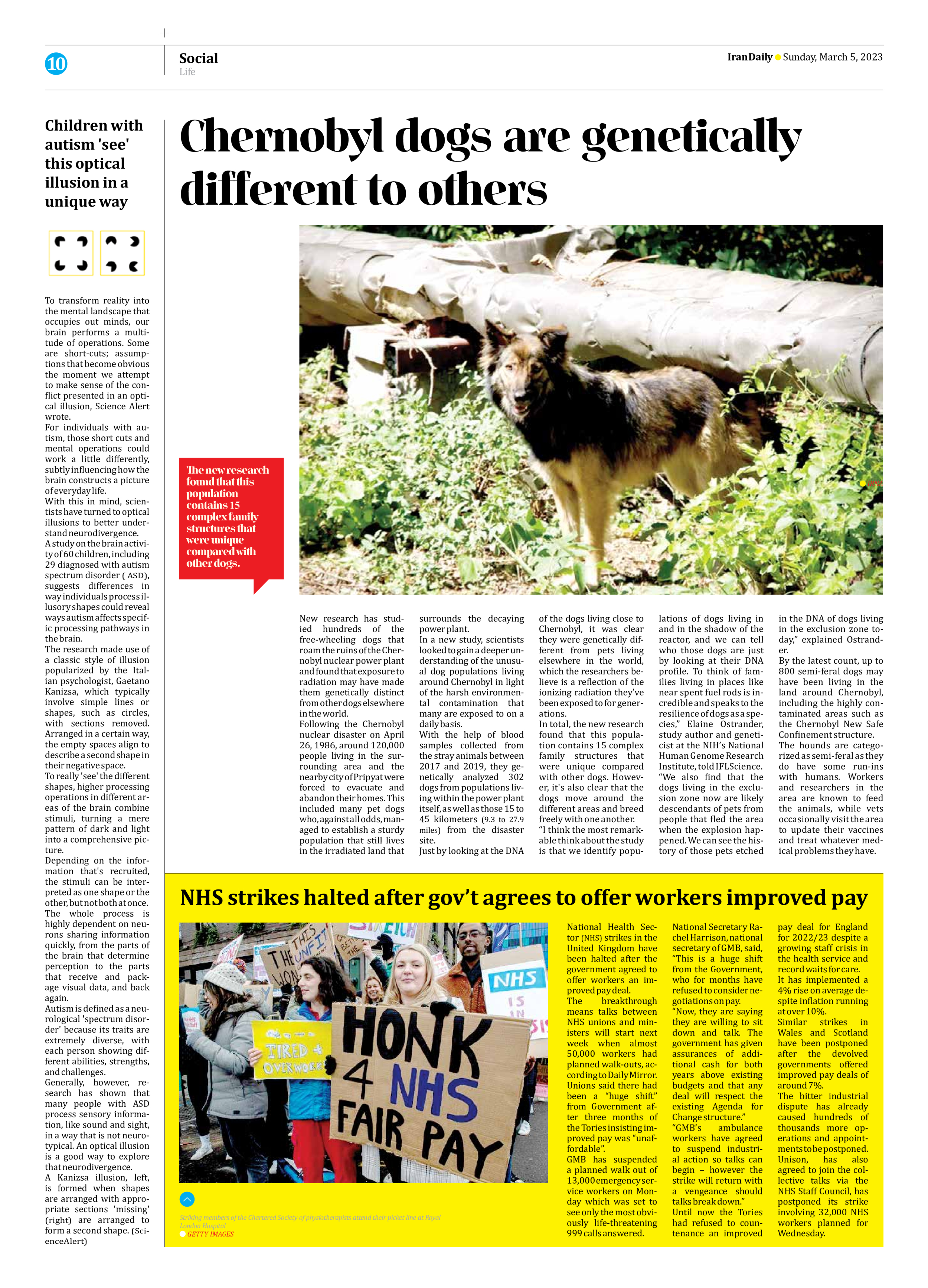
Children with autism ’see’ this optical illusion in a unique way
To transform reality into the mental landscape that occupies out minds, our brain performs a multitude of operations. Some are short-cuts; assumptions that become obvious the moment we attempt to make sense of the conflict presented in an optical illusion, Science Alert wrote.
For individuals with autism, those short cuts and mental operations could work a little differently, subtly influencing how the brain constructs a picture of everyday life.
With this in mind, scientists have turned to optical illusions to better understand neurodivergence.
A study on the brain activity of 60 children, including 29 diagnosed with autism spectrum disorder ( ASD), suggests differences in way individuals process illusory shapes could reveal ways autism affects specific processing pathways in the brain.
The research made use of a classic style of illusion popularized by the Italian psychologist, Gaetano Kanizsa, which typically involve simple lines or shapes, such as circles, with sections removed. Arranged in a certain way, the empty spaces align to describe a second shape in their negative space.
To really 'see' the different shapes, higher processing operations in different areas of the brain combine stimuli, turning a mere pattern of dark and light into a comprehensive picture.
Depending on the information that's recruited, the stimuli can be interpreted as one shape or the other, but not both at once.
The whole process is highly dependent on neurons sharing information quickly, from the parts of the brain that determine perception to the parts that receive and package visual data, and back again.
Autism is defined as a neurological 'spectrum disorder' because its traits are extremely diverse, with each person showing different abilities, strengths, and challenges.
Generally, however, research has shown that many people with ASD process sensory information, like sound and sight, in a way that is not neurotypical. An optical illusion is a good way to explore that neurodivergence.
A Kanizsa illusion, left, is formed when shapes are arranged with appropriate sections 'missing' (right) are arranged to form a second shape. (ScienceAlert)







